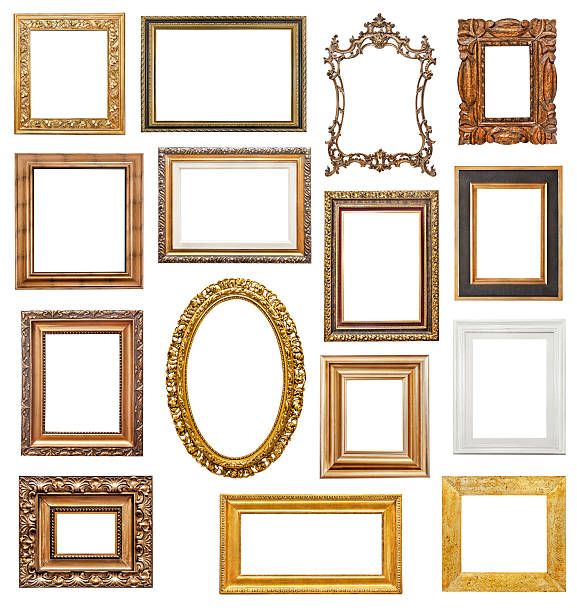As I was reading Chapter 10 in our book, I found it so interesting and relatable. It was a much easier read than our past chapters, and I found myself picking out multiple quotes that were so captivating and interesting. In this post, Im going to share with you some of my favorites and the most important concepts I got from Chapter 10.
First of all, the chapter talks about Interpersonal communication, and the book gives this definition to describe this term, "...to describe the interaction or exchange that occurs between people who are in an interdependent relationship. This is to say, we argue that interpersonal communication occurs when people have some sort of commitment to or stake in each other" (Warren, Fassett, 192). Some relationships that are interpersonal are the ones with your friends, parents, or spouse. Each relationship has a different type of communication and culture. For example, the relationship between my best friend Steph and I, and the way we communicate is completely different than the relationship with my professor. How? Well, with steph the way we communicate is by texting everyday, our joint social media account ( @withstephandlex ), and tagging each other in funny facebook videos. But would I do that with my professor? No way, the way we communicate is by email, and face to face conferences. The culture of the relationship is different as well, by the way we speak to one another, the content of our conversations, where the relationship started, as well as by what we have in common.

In the book, the authors mentioned a metaphor that made me understand culture more in depth. They compared culture to a classroom. Each student participates in interactions that create the typical learning environment. The instructor is important, but when that one dominant student is absent from the classroom, the culture is changed by the discussions and group atmospheres. Geertz also mentions another metaphor, comparing humans to spiders and mentioning that culture is not a possession. The web itself is very intricate, just like human communication. In order for this web to be strong and survive, it requires maintenance. This is just like humans relationships because you cant have a strong relationship, let alone a relationship at all without putting in any effort and care into it.
The chapter also talked about a term called frame. Frame is "...the environment or set of circumstances that helps you understand how to process or interpret an instance of communication" (Warren, Fassett, 195). A communicative frame helps one to make sense of a moment by showing the relationship to a larger context. Interpersonal relationships are characterized by frames. The longer we have a relationship with someone, the more frames we will have, and our communication is easy and comfortable with that person. The book then went off to talk about social networking sites like Instagram and Facebook and how they have made it possible to easily communicate with someone, either that you know or just have met, and can create new relationships. Social media has opened up so many doors for developing relationships and actually helps to maintain those interpersonal relationships.
This article goes further in depth about the individual social media platforms and there benefits on relationships. It is very interesting and I like how it breaks down by each app.
http://www.huffingtonpost.ca/natasha-koifman/social-media-and-relationships_b_4115588.html

No comments:
Post a Comment